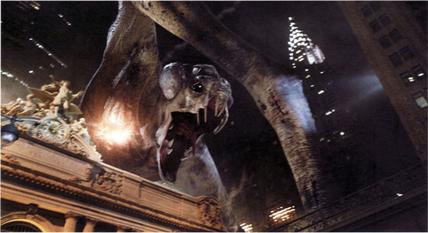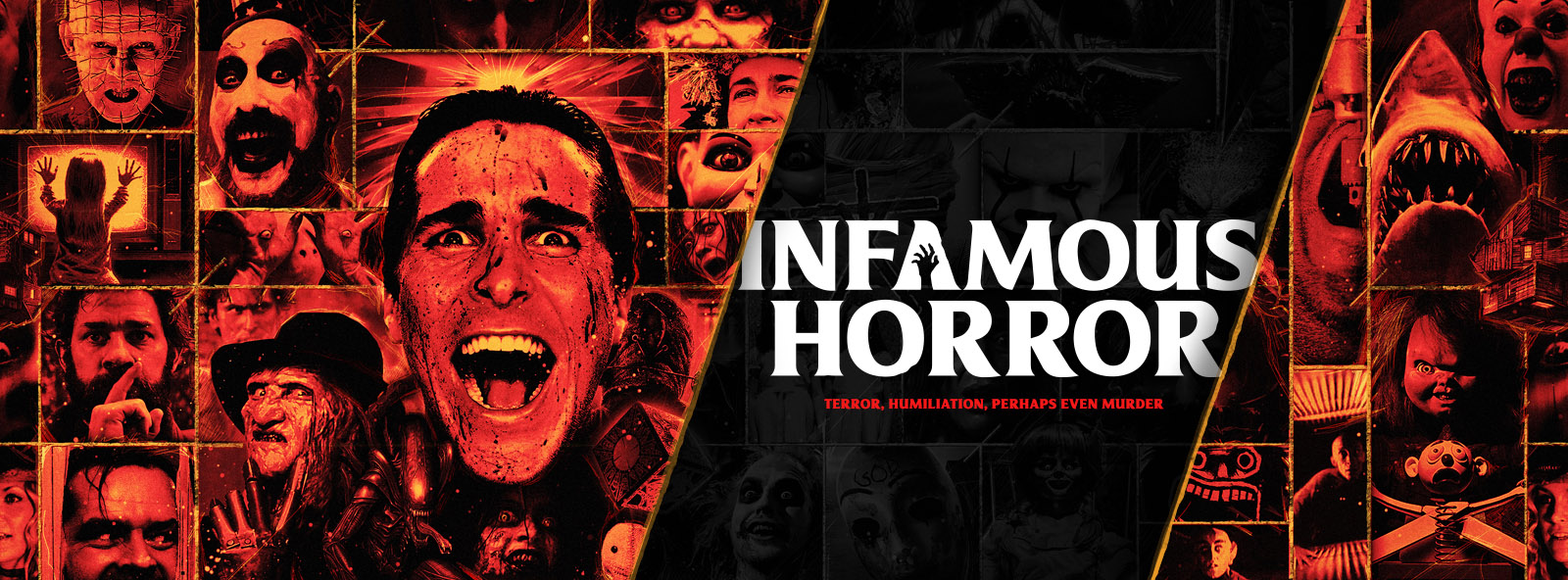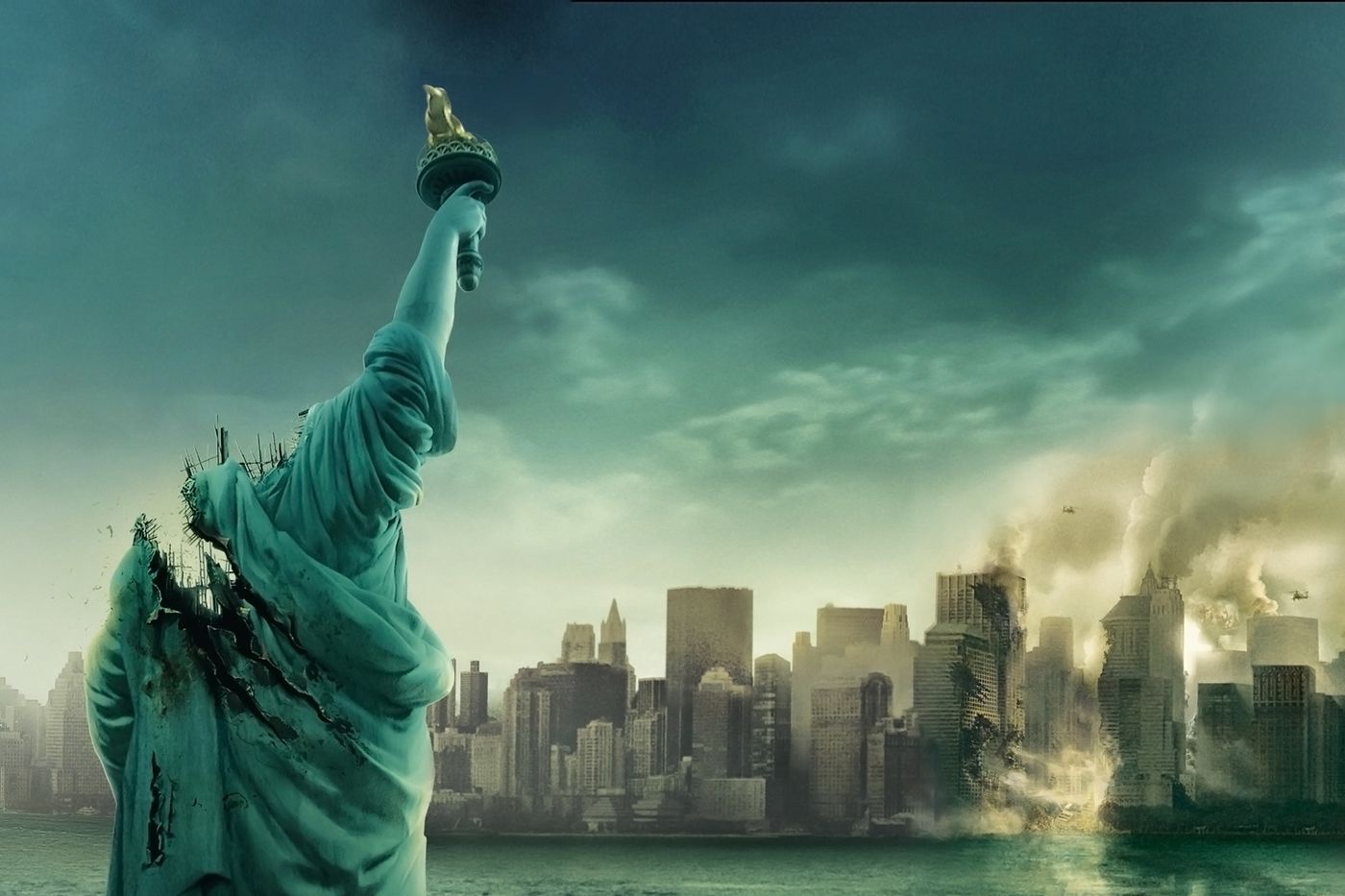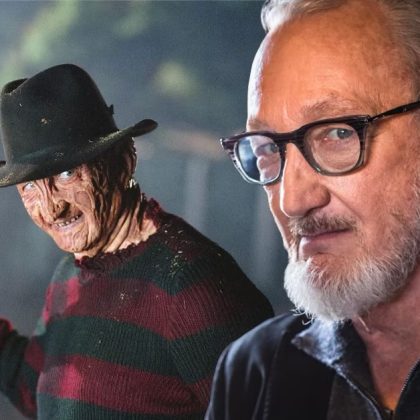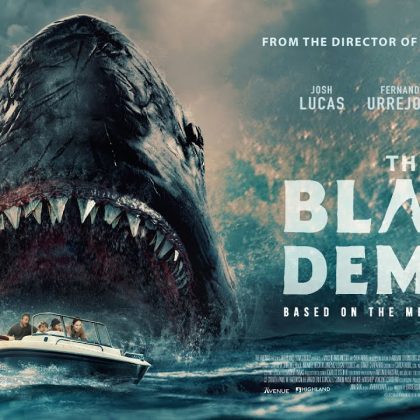Matt Reeves, who is now known for his work on The Batman, directed Cloverfield, while Drew Goddard, the creator of Daredevil and director of Cabin in the Woods, wrote the screenplay.
In February of 2007, the marketing campaign for Cloverfield was initiated. The project was conceived by Abrams after observing Godzilla toys during a trip to Japan. Paramount covertly approved the project under its present title, but the production underwent numerous name changes to conceal its direction. The title “Cloverfield” was chosen because it was the name of the exit Abrams took on his daily commute. During production, alternative titles such as “Slusho,” “Cheese,” and “Greyshot” were suggested, however, due to the excessive hype surrounding the production, the studio decided to stick with “Cloverfield.” Keeping the production under wraps from online publications was a remarkable accomplishment, particularly considering the time period. Additionally, the film’s marketing brilliance is partly attributed to the monster’s absence from the film.
In recent cinema, Cloverfield’s initial teaser proved to be a brilliant standalone advertisement. As it was screened alongside the first Transformers flick, it garnered more buzz and recognition than the actual movie. This teaser was a compilation of handheld camera clips that were filmed separately from the movie’s content.
It displays footage of a gathering in a New York flat that is suddenly hijacked by a colossal quake. The entire crowd rushes out into the open to witness a towering blast. The city is plunged into pandemonium with people yelling in the streets, before the Statue of Liberty’s decapitated head careens through the street. All over the world, speculation runs rampant thanks to a clever lack of information in the trailer’s conclusion. Rather than a title, the only date listed is January 18th, 2008. This one tidbit of information has sparked immense conversation and fervor.
The studio chose an odd tactic by creating MySpace pages for each main character, while their official website, 1-18-2007.com, showcased a collection of cryptic stills from the movie. The monster’s roar ringtone and a city-wrecked mobile background could be yours with a text to a provided number. This film was marketed together with a fantastical soda, “Slusho!”, and its counterfeit website would often send audiences sonar updates on the monster nearing Manhattan.
Hiding large portions of its content and trusting in the allure of secrecy, the Cloverfield franchise has persisted in utilizing similar marketing strategies to promote its films. Despite being less successful with its subsequent installments, 10 Cloverfield Lane stands out as a clear standout for the series. Meanwhile, in a similar timeframe, Christopher Nolan’s The Dark Knight embraced a comparable online approach to reveal Heath Ledger’s iconic portrayal of the Joker. Paramount followed a comparable marketing strategy with Paranormal Activity, a film that originally debuted without the support of the studio but was later picked up for distribution.
While Cloverfield may be remembered as a pioneer in viral marketing campaigns, it was certainly not the first. The Blair Witch Project implemented similar tactics to great success prior. However, Cloverfield revolutionized the method, bringing it to the forefront of popular culture and utilizing it to propel itself to triumph. Though it may seem unlikely that a film could execute such a feat in present times, it is worth noting the immense impact it had fifteen years ago.
